We’re working across the globe to protect a variety of cat species – including tigers, jaguars and Scottish wildcats; each facing different threats like habitat loss or human-wildlife conflict.
Our Living with Tigers team is celebrating World Wildlife Day (March 3) by sharing the amazing wildlife they’ve come across in Nepal, and not just the big cats they’ve spotted.
Chester Zoo Conservation Scholar Amy Fitzmaurice who has been working in the Nepali National Parks of Chitwan and Bardia using camera traps tells us all about it.
“Even though the Living with Tigers project focusses on reducing human-tiger and human-leopard conflict with local communities, they are not the only species we find on our camera traps. Nepal is like a real world ‘Jungle Book’ and for World Wildlife Day we want to celebrate its biodiversity! So I’m going to share with you the amazing range of wildlife that we find in this incredible part of the world…
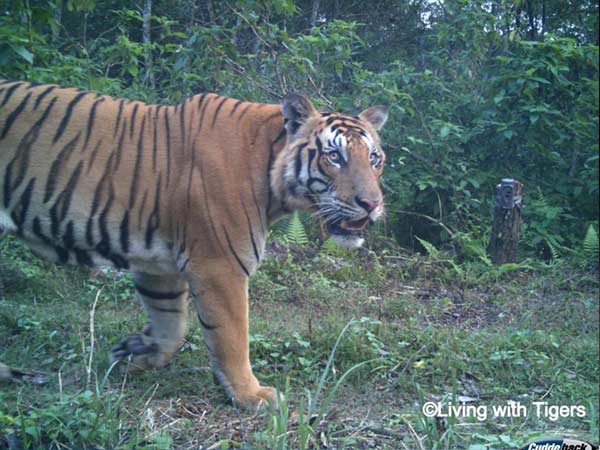

“Our camera traps recorded the presence of dholes in our study areas. Most people have never heard of this species as it is rarely seen! Dholes are an unstudied Asian wild dog that looks like a thin wolf and a red fox mixed together. I had the rare privilege of seeing one in Chitwan National Park in November 2017 on a misty morning.
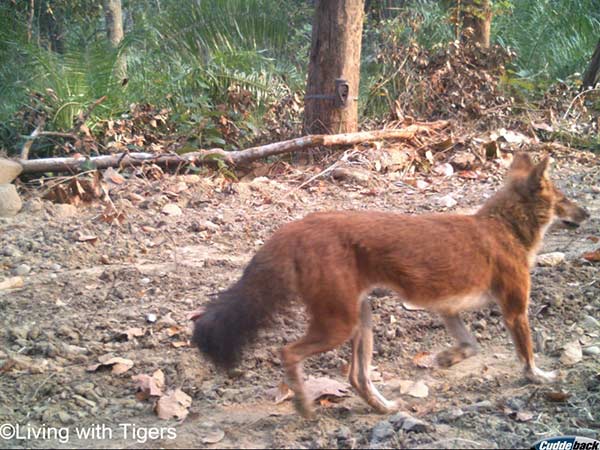
“Many of the species found in Nepal can be found in India and striped hyenas are among those species found in both countries. They have very distinctive footprints with a large front foot and a small back foot. Again, these animals are rarely seen and the team was very excited when we saw them on the cameras!
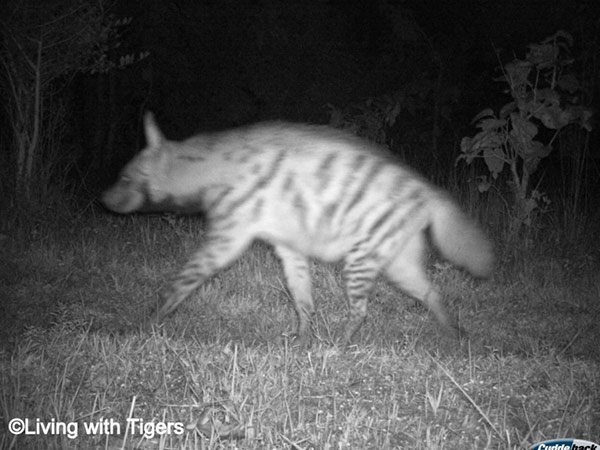
“Our cameras also recorded sloth bears, which are listed as vulnerable by the International Union for Conservation of Nature (IUCN). I love sloth bears because they are clever and mysterious, however, they seem to enjoy eating our camera traps a bit too much!
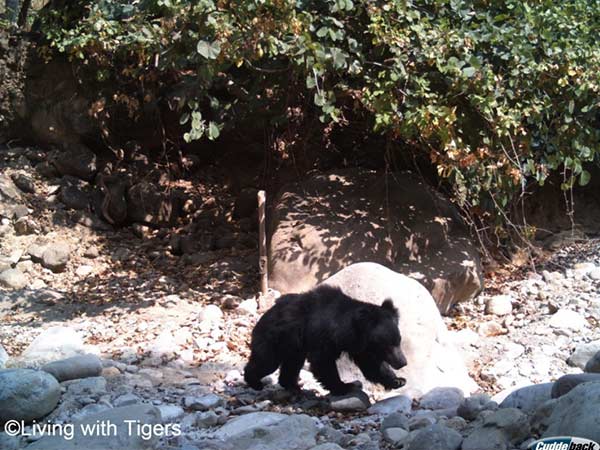
“Bears are not the only ones that like to examine our cameras. Rhinos appear to be very inquisitive and they spend lots of time smelling the camera traps, which makes for great selfies!
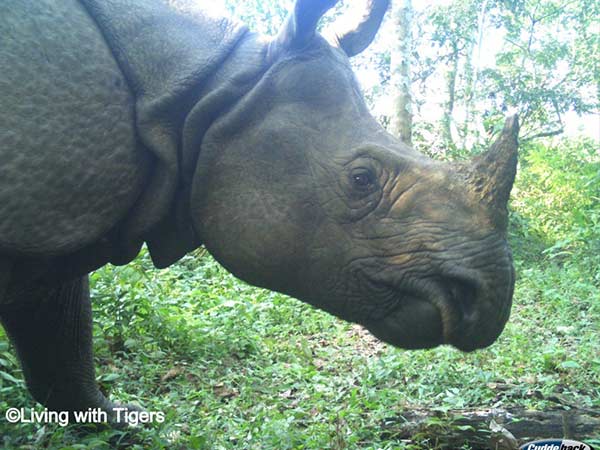
“We also found a lot of jungle cats, civets, honey badgers, monkeys, mongoose, jackal, other rare and elusive cat species, elephants and many species of deer when we retrieved the pictures from our camera traps. We recorded a forest buffalo too! Called a gaur, this species is recognisable by its half-white legs.”
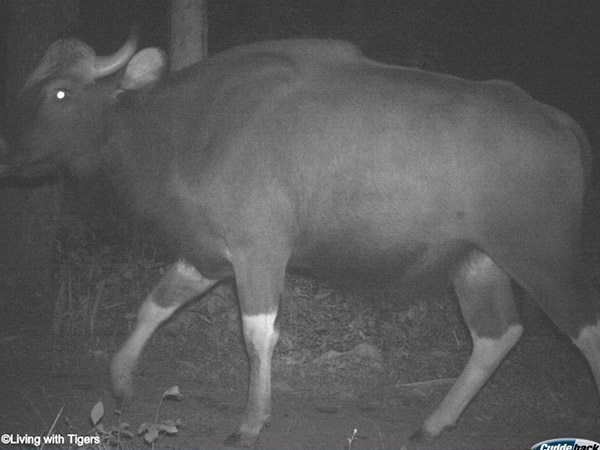
The Living with Tigers team is proud to be working in Nepal with the local communities and our partner Green Governance Nepal to protect wildlife. We will all celebrating World Wildlife Day tomorrow.”